What’s the Buzz
The Bee Healthy Blog
How to Control Your Blood Pressure

Nearly half of adults in the United States have high blood pressure—also known as hypertension. When you have high blood pressure, your blood is forced to pump with too much strain on the heart. Having high blood pressure raises your risk for heart disease and stroke, which are leading causes of death in the United States[1]. High blood pressure is also the second leading cause of kidney failure and can also cause damage to your blood vessels, causing them to narrow, rupture, or leak. It’s essential to regulate your blood pressure, and there are some natural ways to do so at home with proper diet, health, and lifestyle changes. Read more to learn how to control high blood pressure.
How is Blood Pressure Measured?
Blood pressure is determined by both the amount of blood your heart pumps and the amount of resistance to blood flow in your arteries. The more blood your heart pumps and the narrower your arteries, the higher your blood pressure[2]. Your total blood pressure reading is determined by measuring your systolic blood pressure (the first, or upper, number measures the pressure in your arteries when your heart beats) and diastolic blood pressure (the second or lower number measures the pressure in your arteries between beats[2]). Blood pressure is measured in units of millimeters of mercury (mm Hg).
What is the correct way to measure blood pressure?
When getting your blood pressure taken or checking it yourself at home, the CDC recommends the following:
- Don’t eat or drink anything 30 minutes before you take your blood pressure.
- Empty your bladder before your reading.
- Sit in a comfortable chair with your back supported for at least 5 minutes before your reading.
- Put both feet flat on the ground and keep your legs uncrossed.
- Rest your arm with the cuff on a table at chest height.
- Make sure the blood pressure cuff is snug but not too tight. The cuff should be against your bare skin, not over clothing.
- Do not talk while your blood pressure is being measured.
What affects a blood pressure reading?
Many things can affect a blood pressure reading, including:
- Nervousness about having your blood pressure taken. This is called “white coat syndrome.” As many as 1 in 3 people who have a high blood pressure reading at the doctor’s office may have regular blood pressure readings outside of it.
- If you smoked, drank alcohol or caffeine, or exercised within 30 minutes of having your blood pressure measured, your reading might be higher.
- How you are sitting. Crossing your legs and letting your arm droop at your side rather than rest on a table at chest height can cause elevated blood pressure.
It’s important to get an accurate blood pressure reading so that you have a clearer picture of your risk for heart disease and stroke.
A reading that says your blood pressure is lower than it actually is may give you a false sense of security about your health. A reading that says your blood pressure is higher than it actually is may lead to treatment you don’t need.
What is Considered an Unhealthy/Healthy Blood Pressure?
Blood pressure numbers of less than 120/80 mm Hg are considered within the normal range. If your pressure falls into this category, stick with heart-healthy habits like following a balanced diet and getting regular exercise[3].
In 2017, the American College of Cardiology and the American Heart Association published new guidelines for hypertension management and defined high hypertension as a blood pressure at or above 130/80 mm Hg. Stage 2 hypertension is defined as a blood pressure at or above 140/90 mm Hg[1].
Healthy Ways to Control your Blood Pressure
Lose/Maintain a healthy weight:
Weight loss is one of the most effective lifestyle changes for controlling blood pressure. The more you weigh, the more blood you need to supply oxygen and nutrients to your tissues. As the amount of blood flowing through your veins increases, so does the pressure on your artery walls, thus raising blood pressure. Being overweight/obese can also cause sleep apnea, which further raises your blood pressure. Having a BMI (body mass index) of over 30 puts you at major risk for high blood pressure. Weight loss is one of the most effective ways to keep it under control. In general, you may reduce your blood pressure by about 1 millimeter of mercury (mm Hg) with each kilogram (about 2.2 pounds) of weight you lose.
Exercise regularly:
You can lower high blood pressure by being more active. Regular physical activity, such as 30 minutes most days of the week, can help lower blood pressure by 5-8 mm Hg. It’s important to be consistent, as blood pressure can rise when you’re inactive.
Healthy Diet:
Eating a diet that is rich in whole grains, fruits, vegetables, and low-fat dairy products but skimps on saturated fat and cholesterol can help lower your blood pressure by up to 11 mm Hg. This eating plan is known as the Dietary Approaches to Stop Hypertension (DASH) diet.
Reduce Sodium:
Excess sodium can cause fluid retention in the body, causing high blood pressure. If you have high blood pressure, a slight decrease in the amount of salt intake in your diet can help improve heart health and reduce blood pressure by about 5-6mm Hg. Mayo Clinic recommends ideally 1,500 mg of salt a day or less for most adults[4].
Limit Alcohol:
Excessive drinking can damage your heart, and having more than one drink a day for women and more than two drinks a day for men may cause blood pressure to rise. It’s important to moderate alcohol consumption.
Quit Smoking:
Not only does smoking or chewing tobacco immediately raise your blood pressure temporarily, but the chemicals in tobacco can damage the lining of your artery walls. This can cause your arteries to narrow and increase your risk of heart disease. Secondhand smoke can also increase your risk of heart disease.
Reduce your Stress:
High-stress levels can lead to a temporary increase in blood pressure. Stress-induced habits such as overeating, using tobacco, and drinking alcohol can raise blood pressure.
You can have high blood pressure for years without any symptoms, but once detected, it can be easily controlled. Lowering high blood pressure is feasible if you make specific life changes. Remember to get your checkups, and if you’re diagnosed or at risk of developing high blood pressure, visit your doctor regularly. If you’re prescribed medication for high blood pressure, check out our savings.
Resources
[2] https://www.mayoclinic.org/diseases-conditions/high-blood-pressure/symptoms-causes/syc-20373410
[3] https://www.heart.org/en/health-topics/high-blood-pressure/understanding-blood-pressure-readings
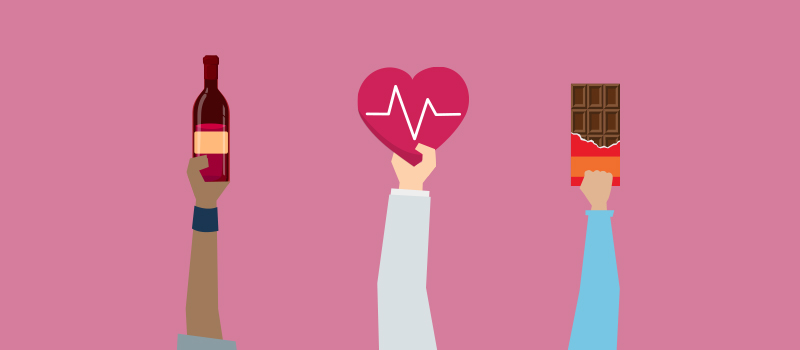


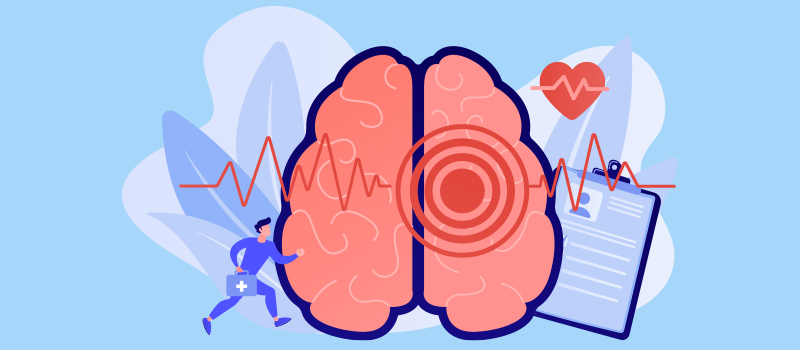
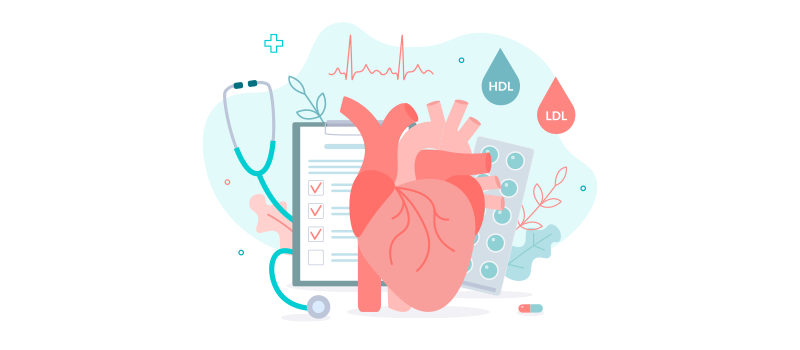
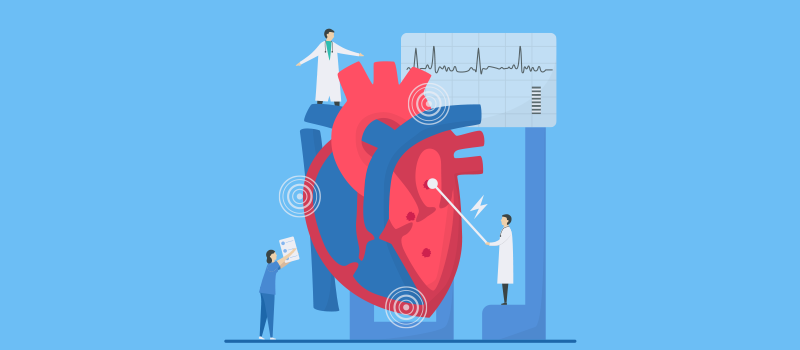
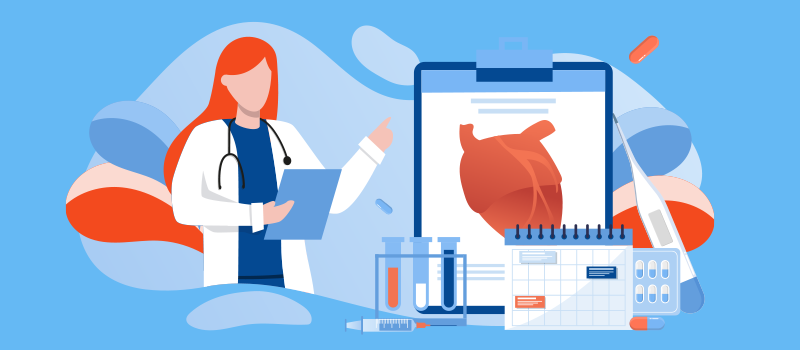
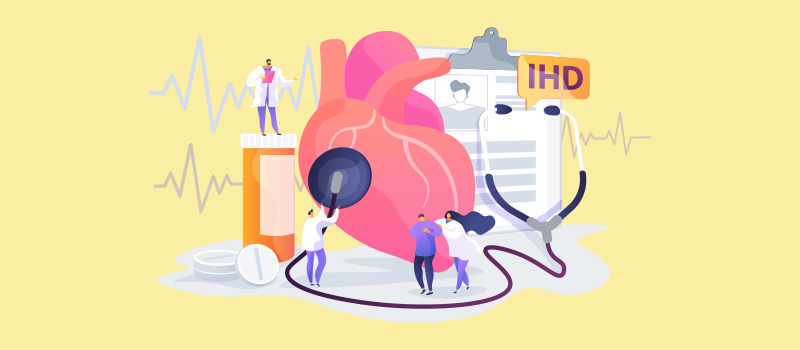

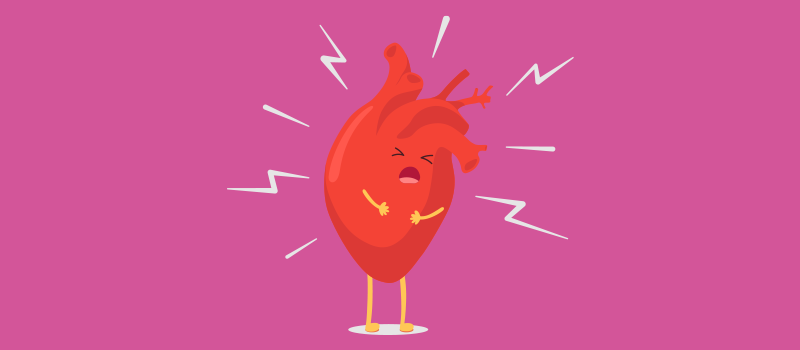
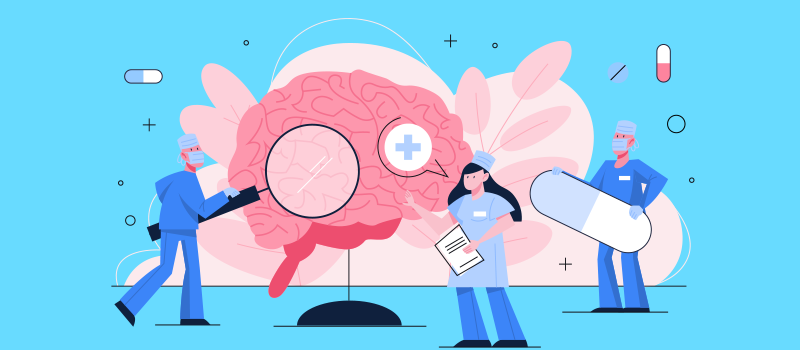
SOCIAL